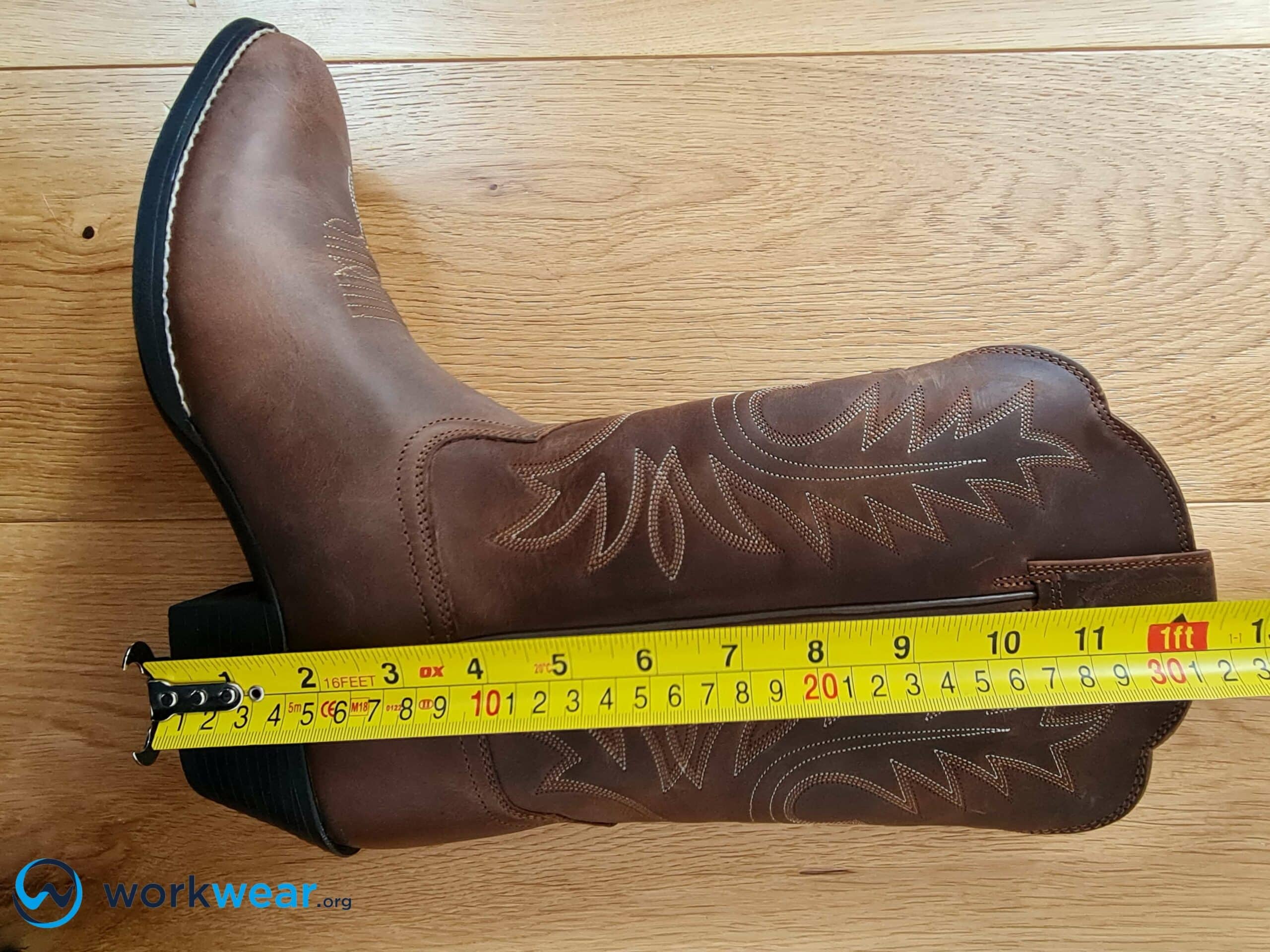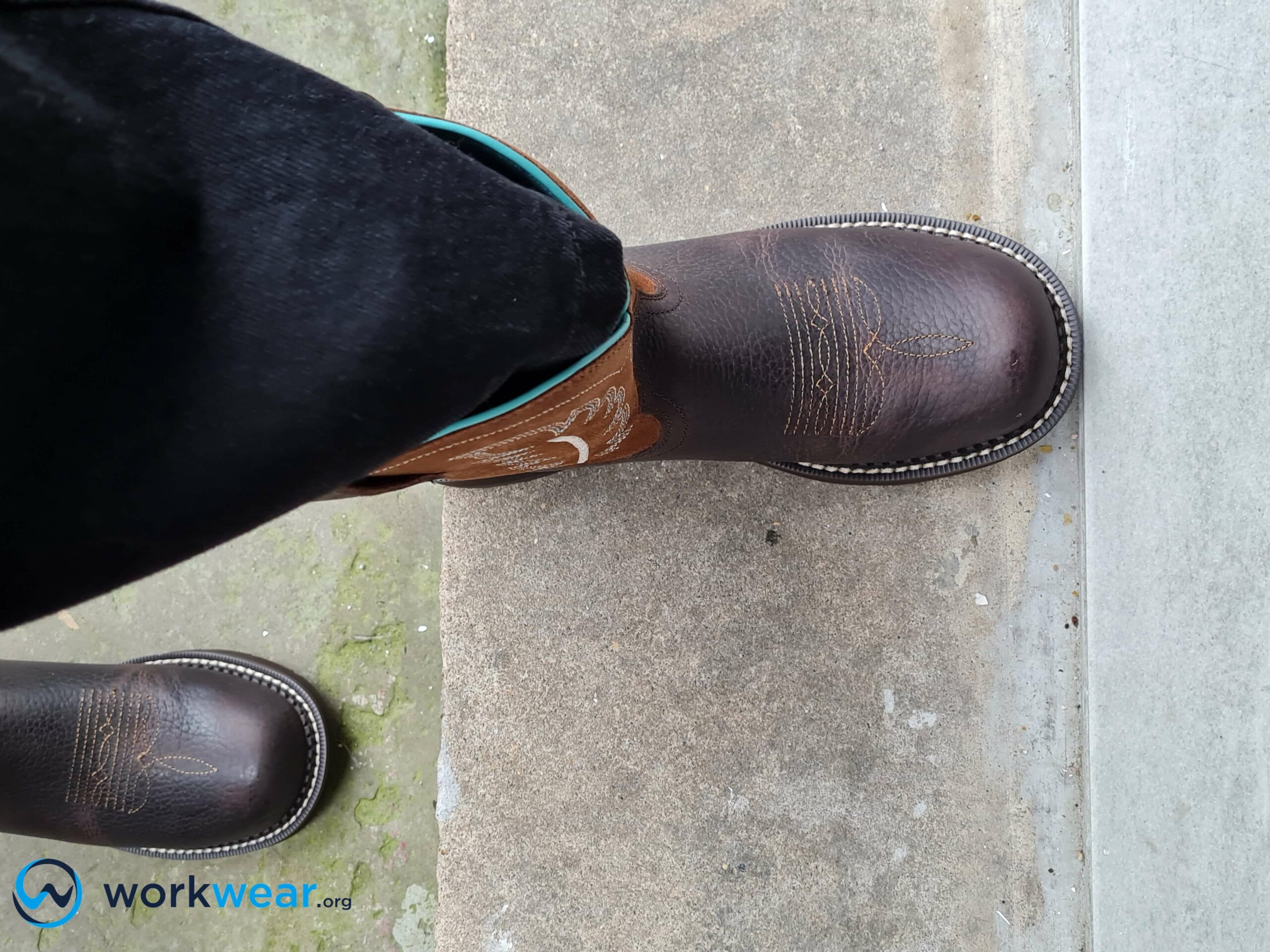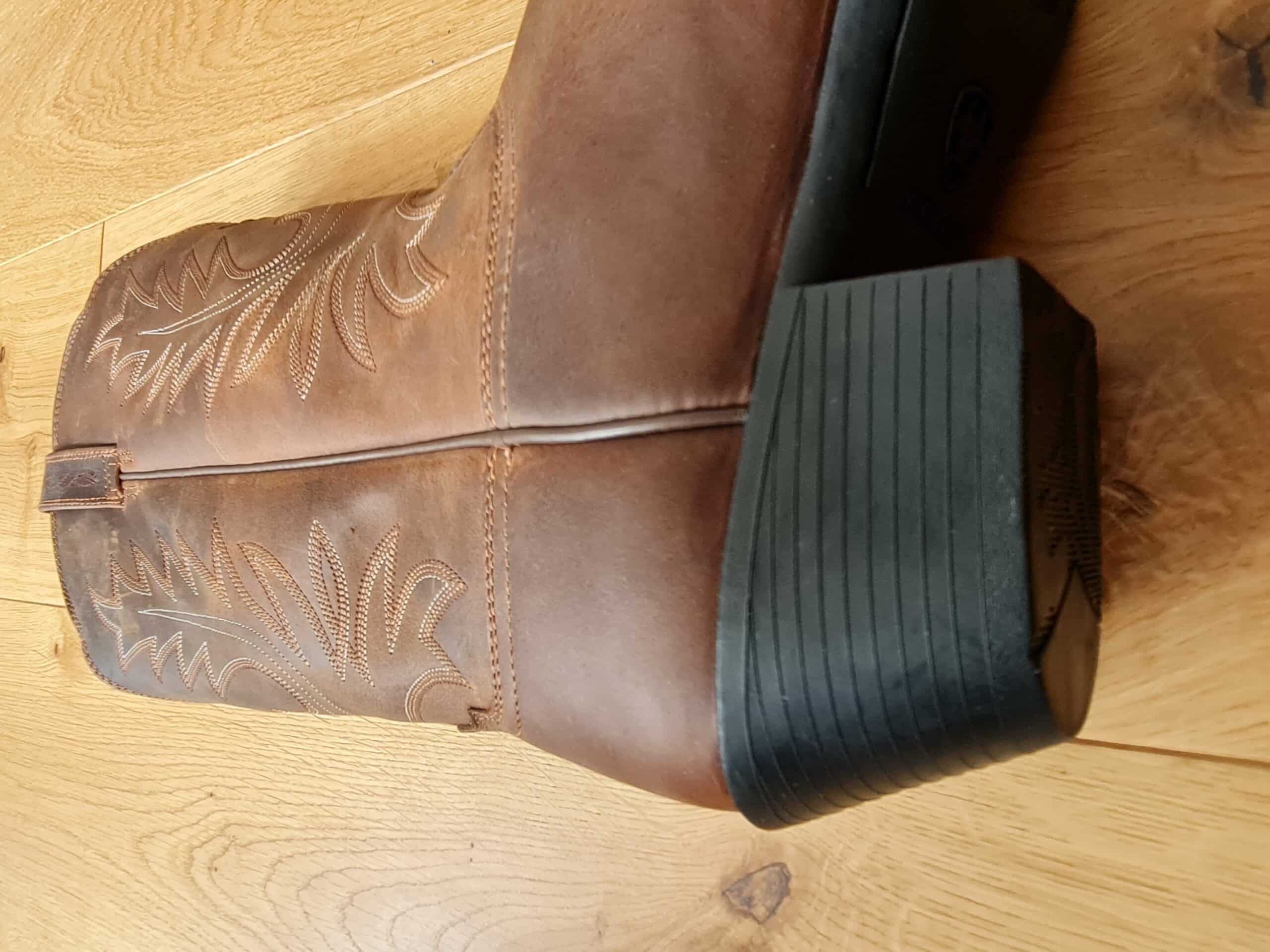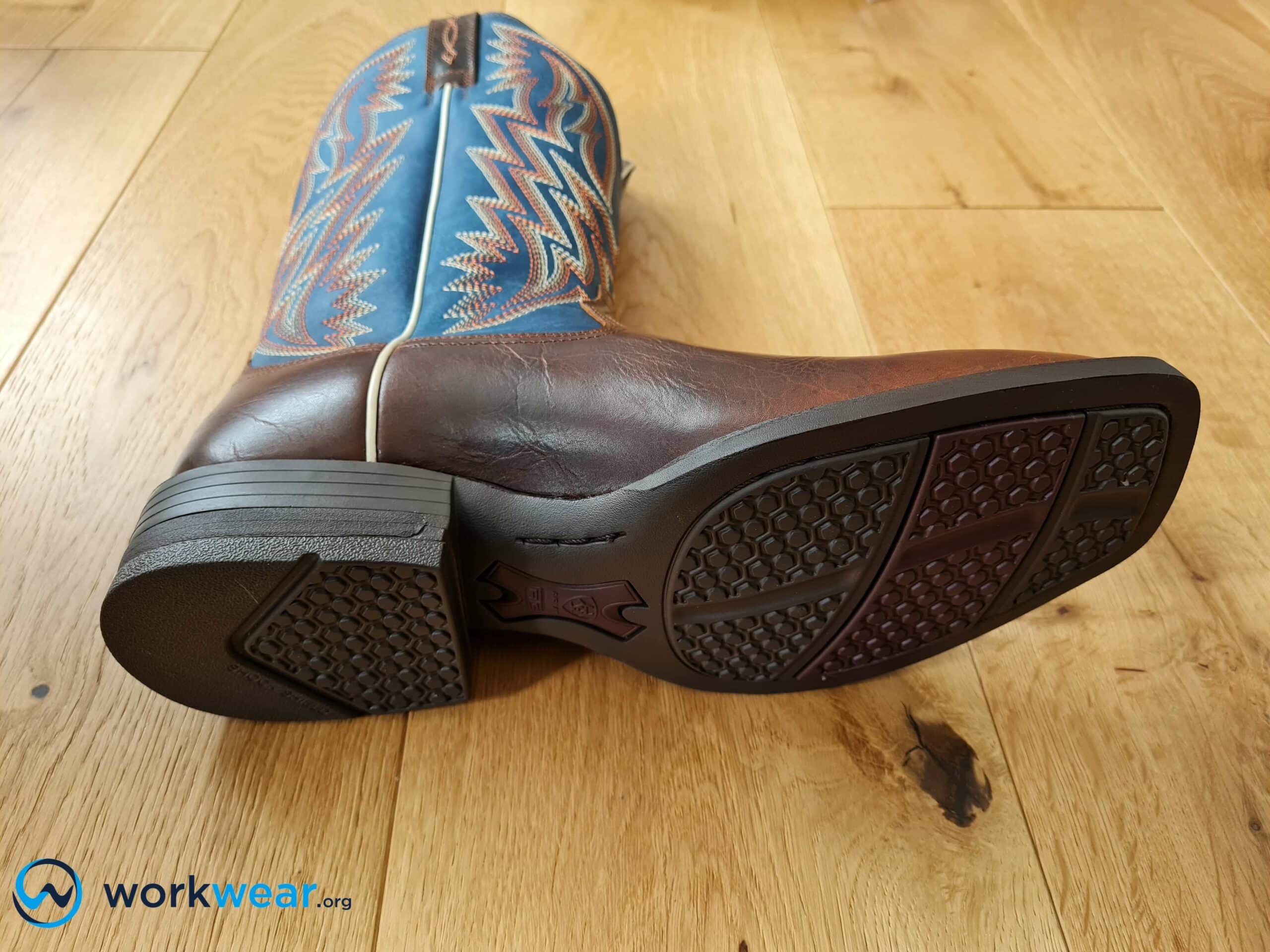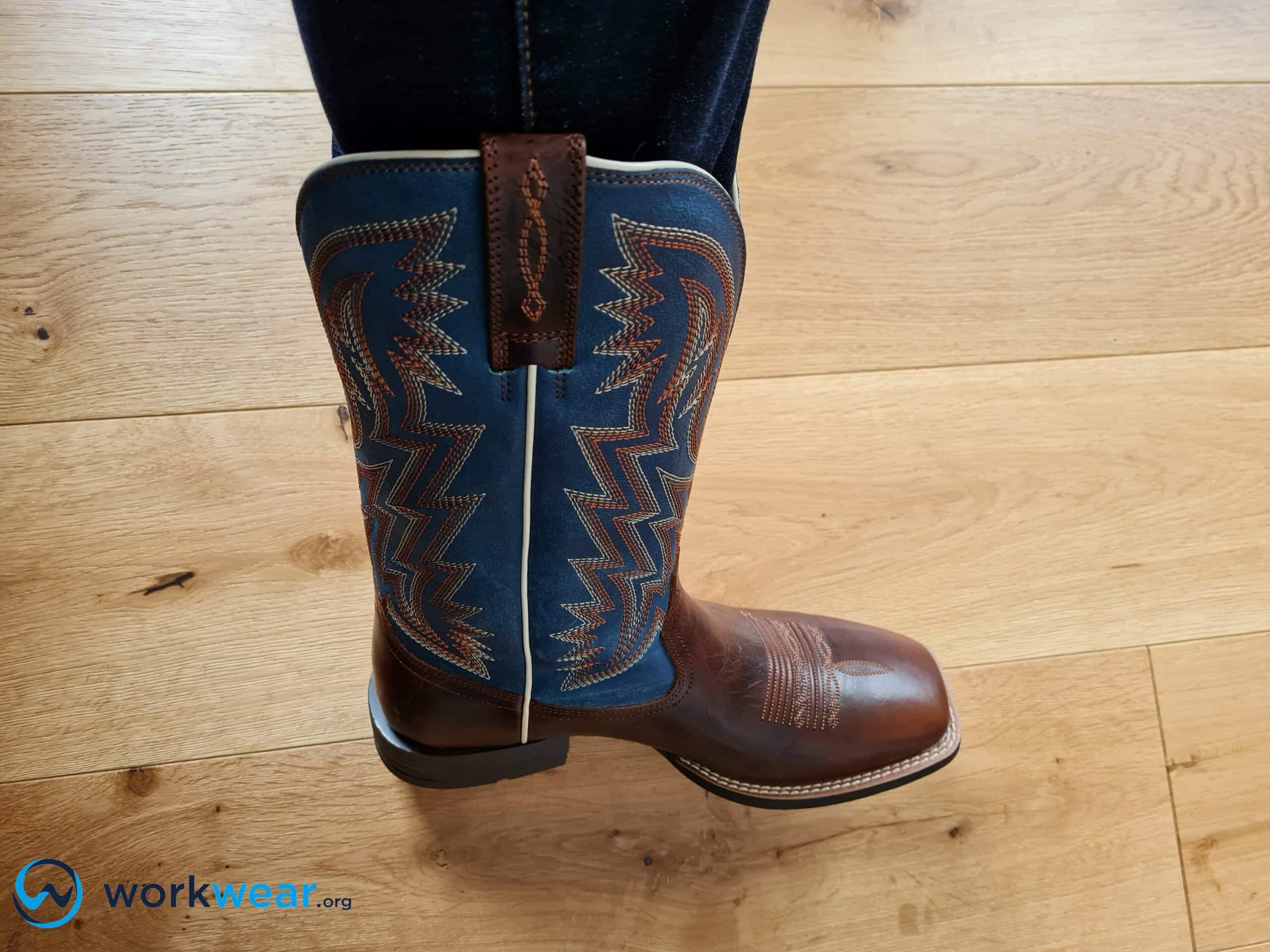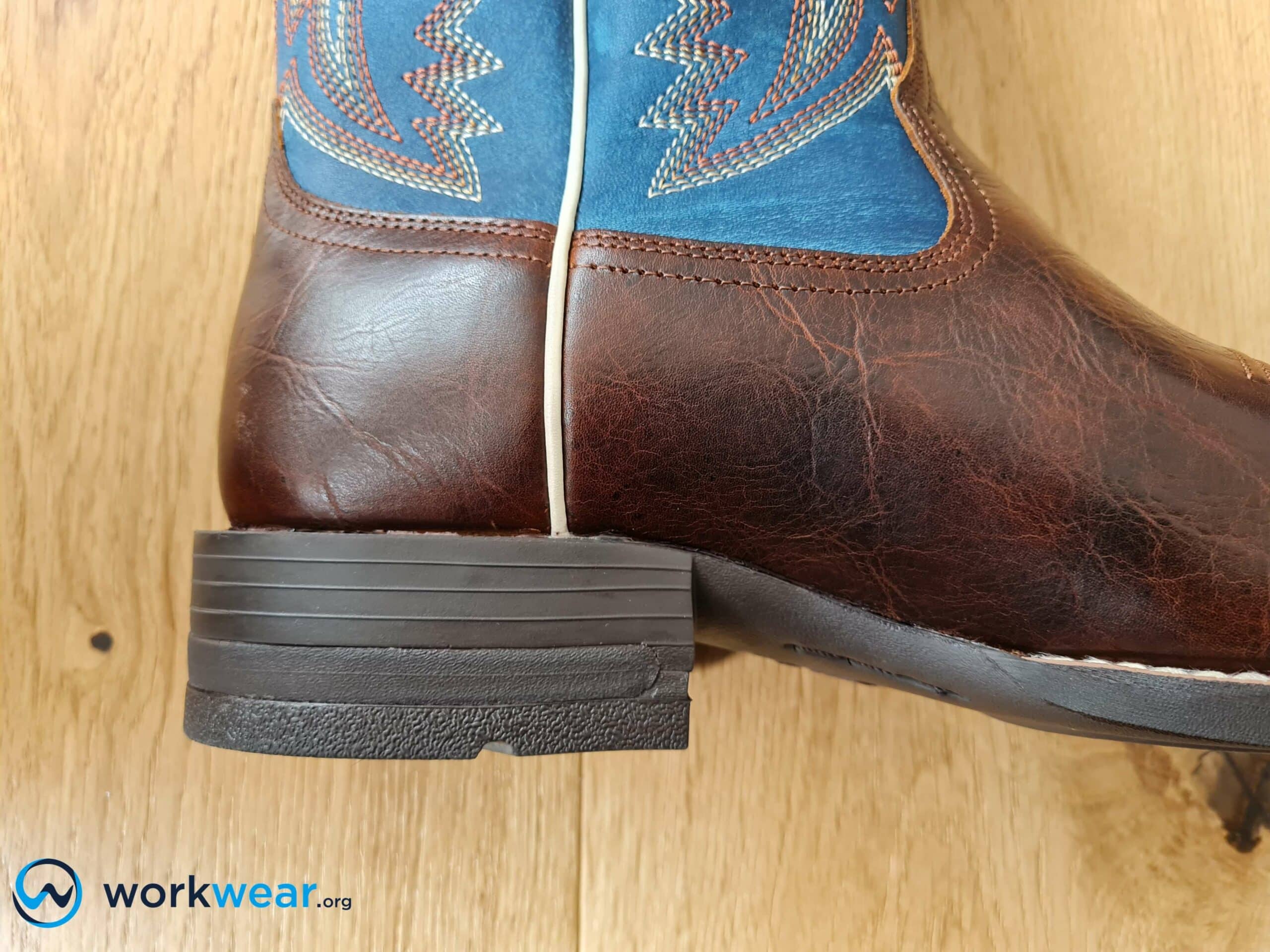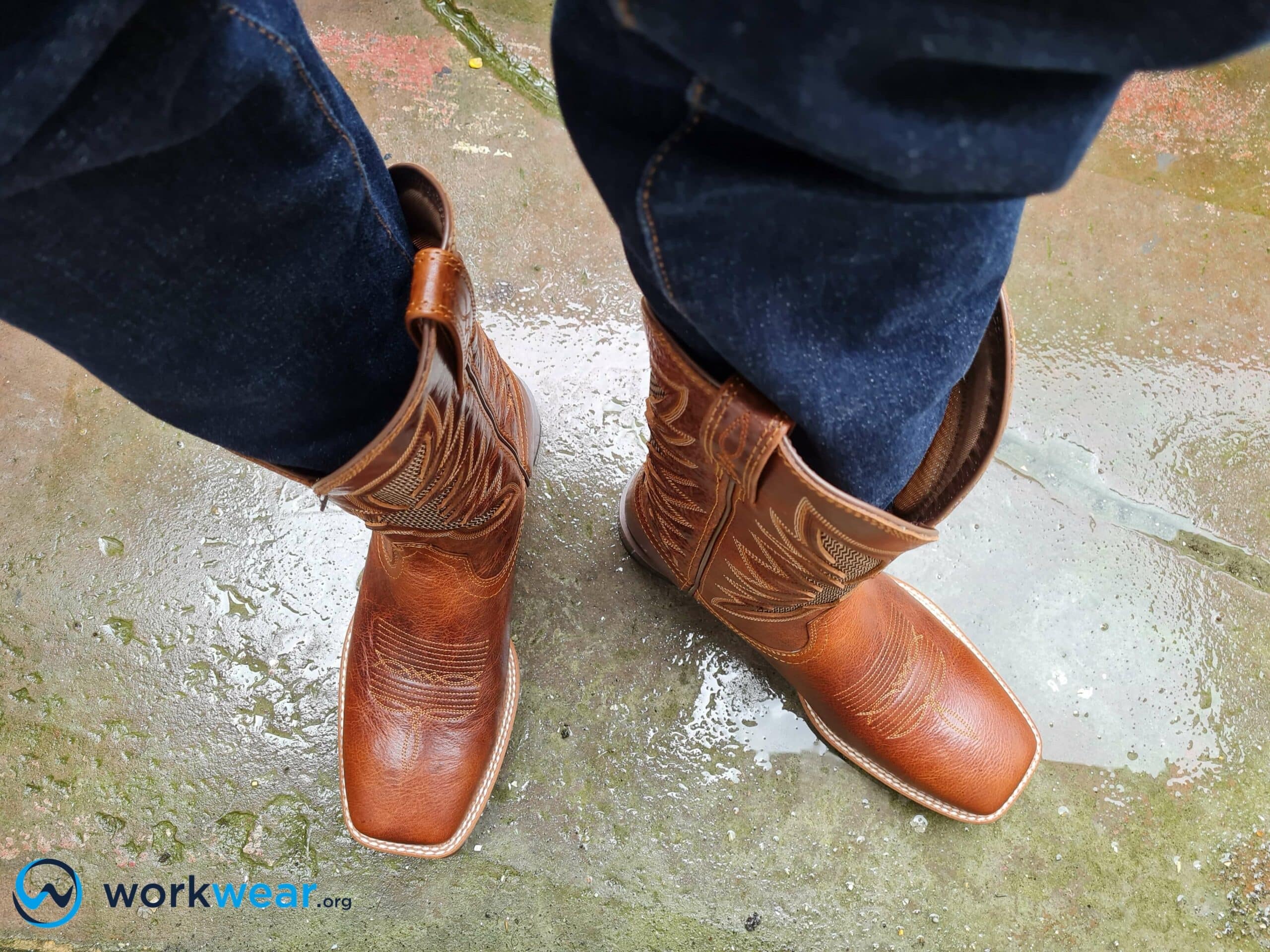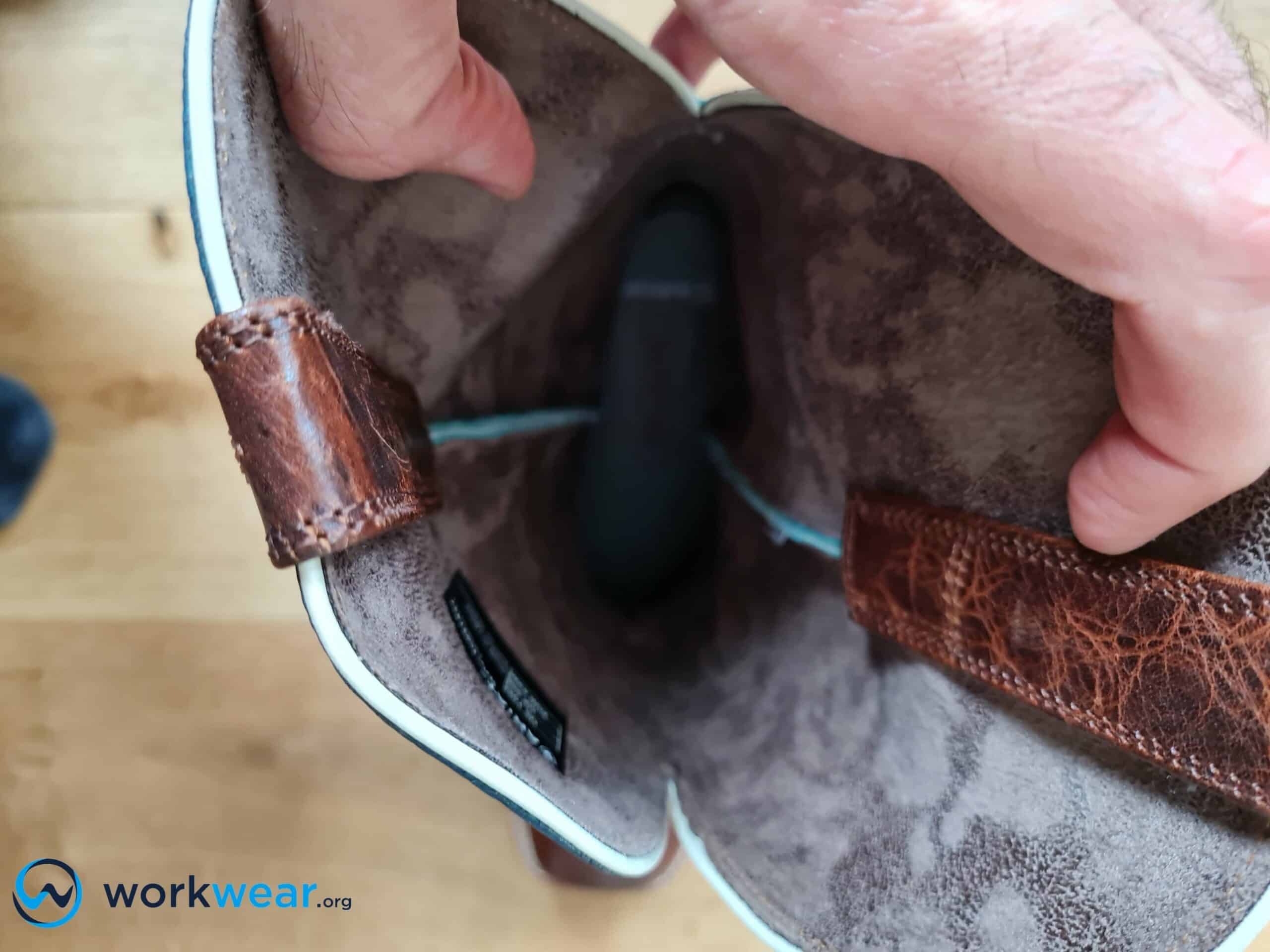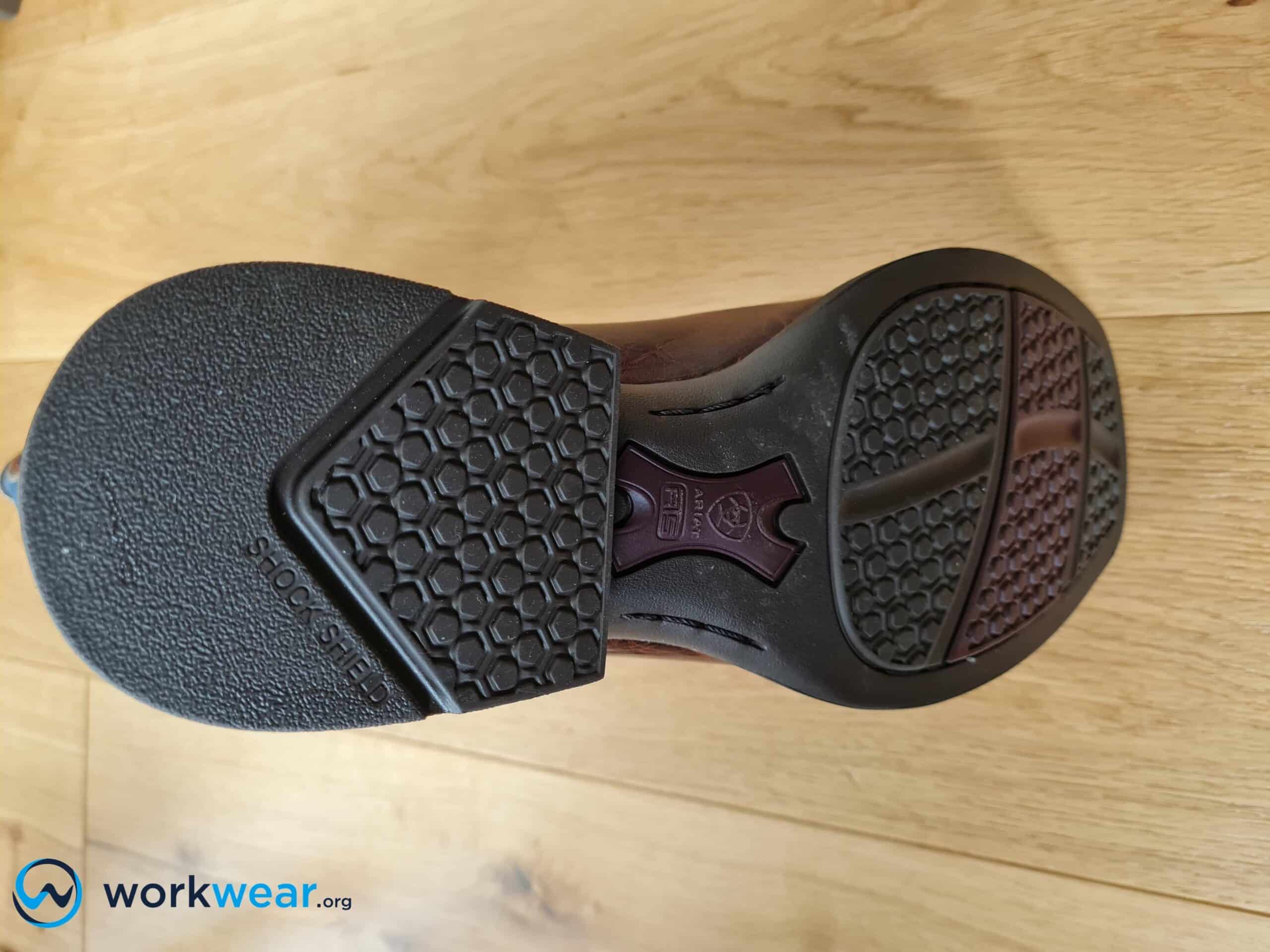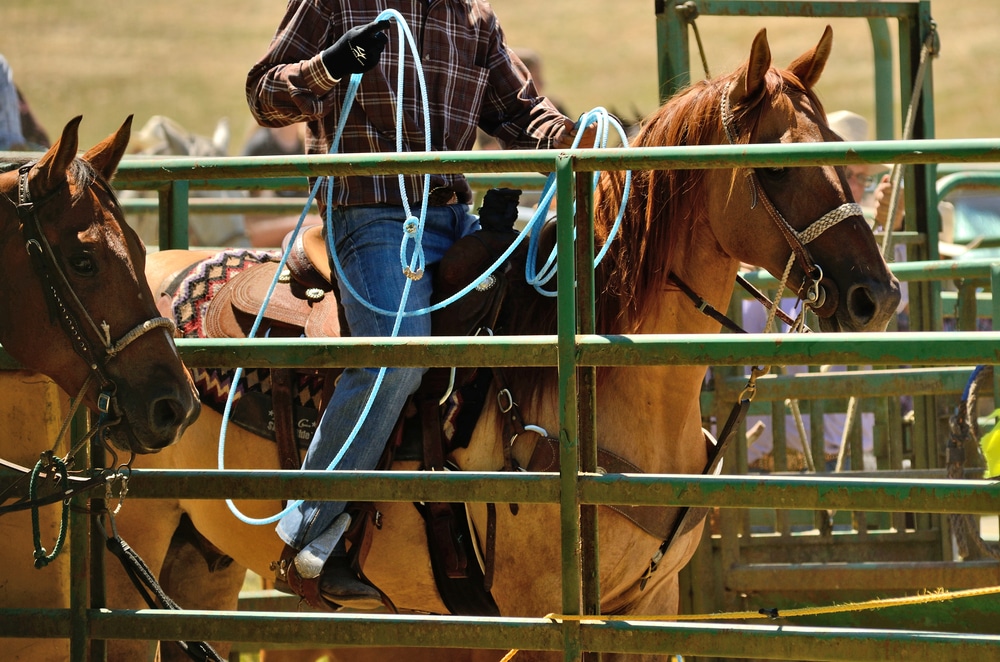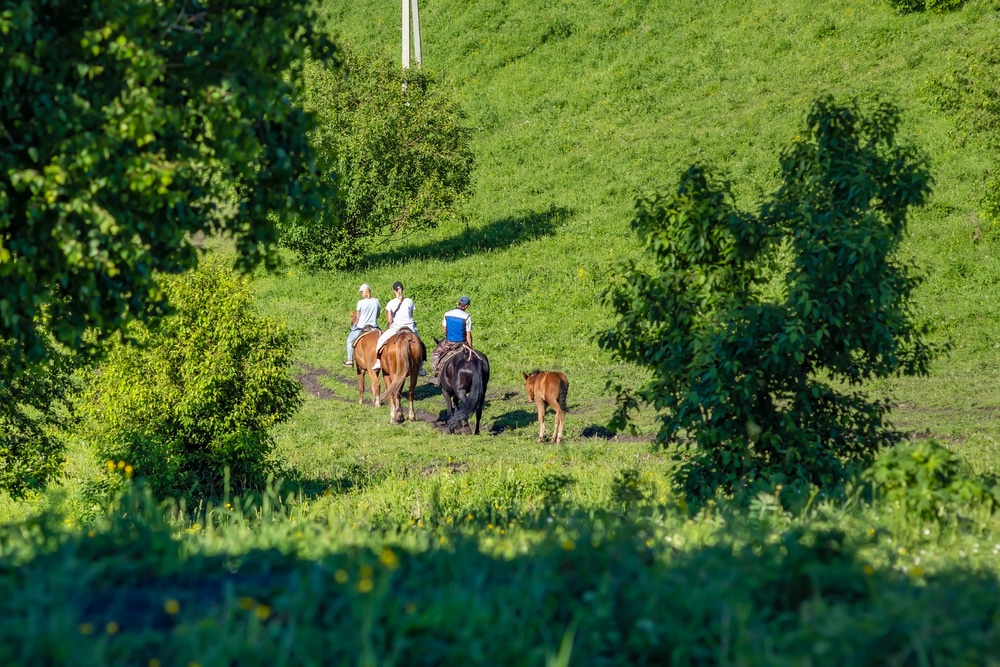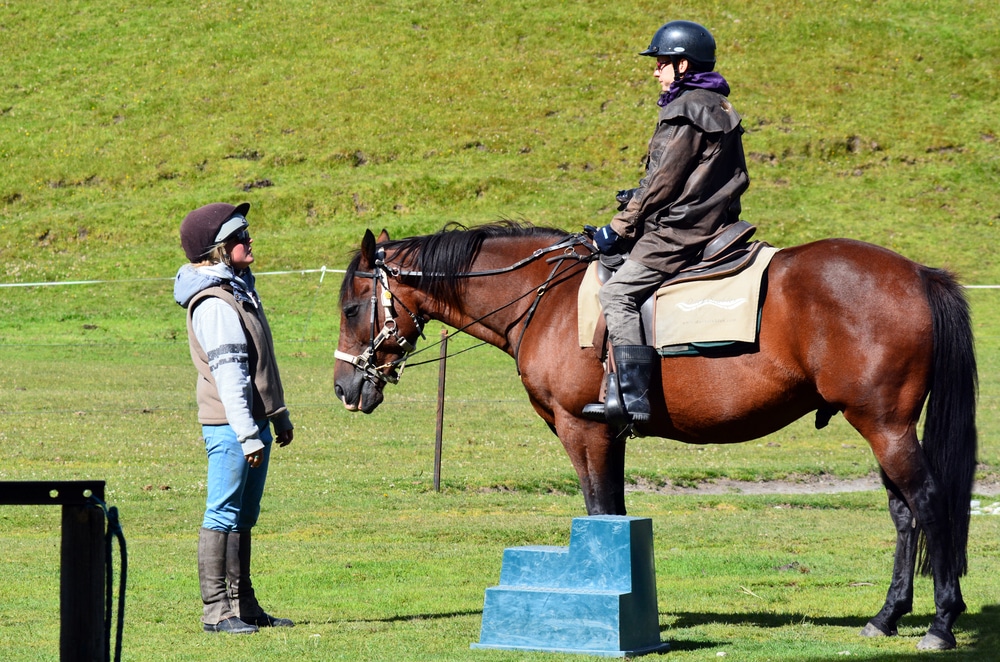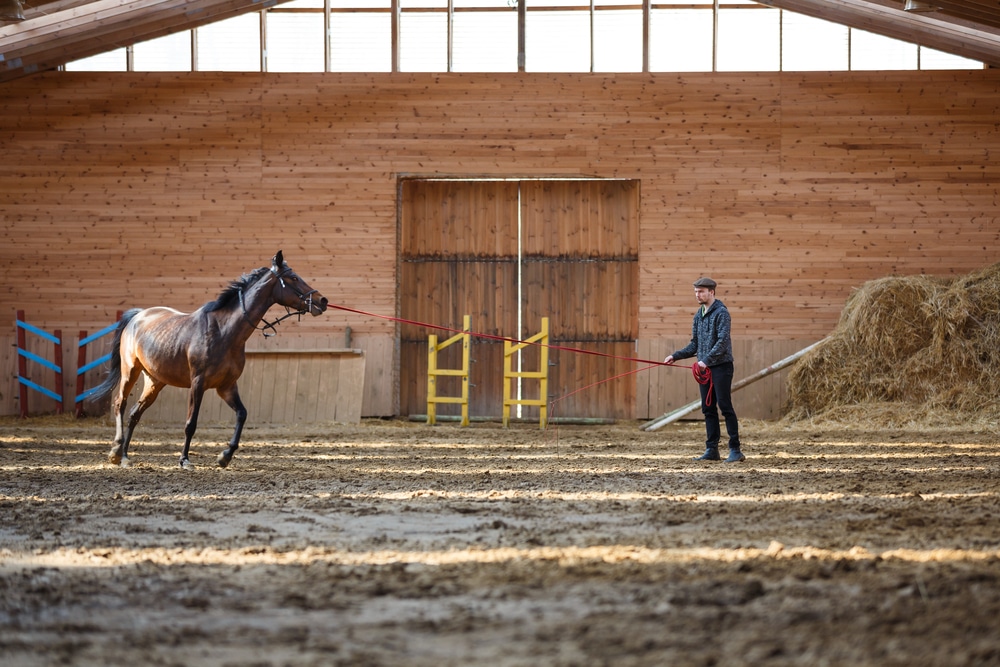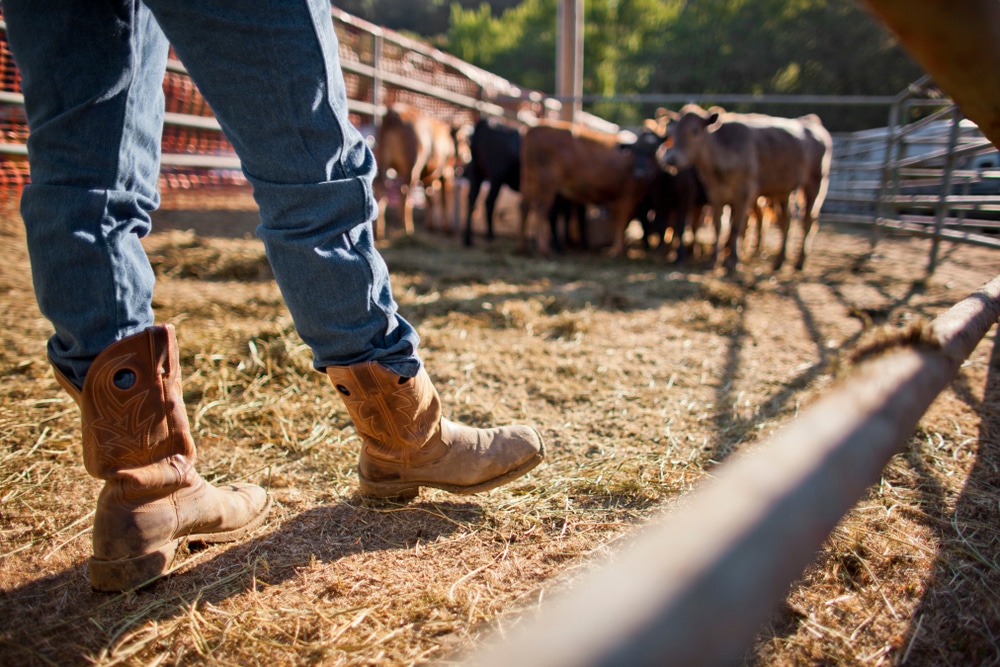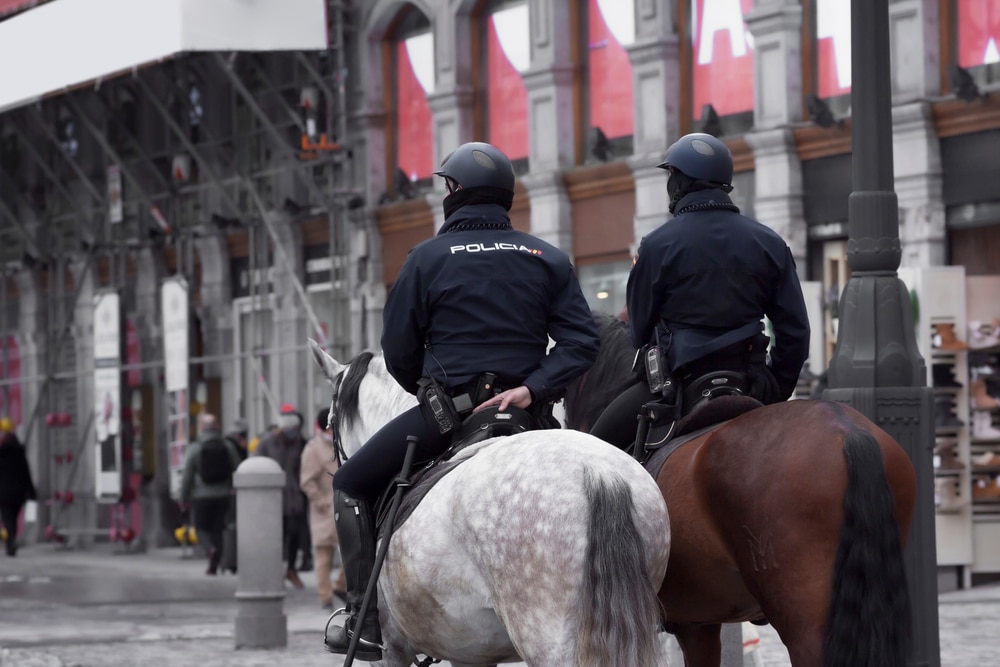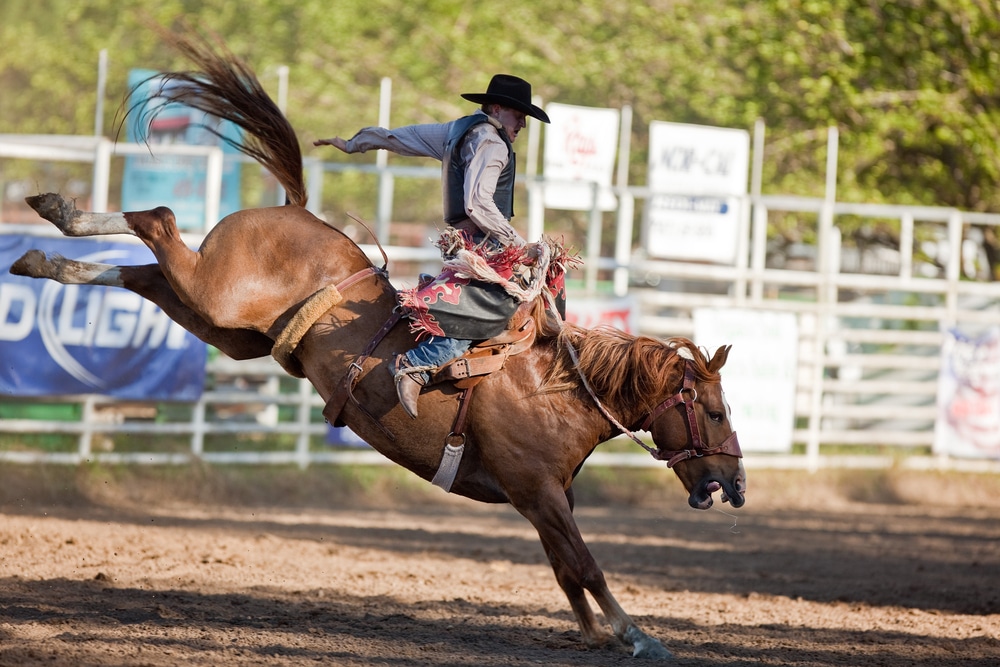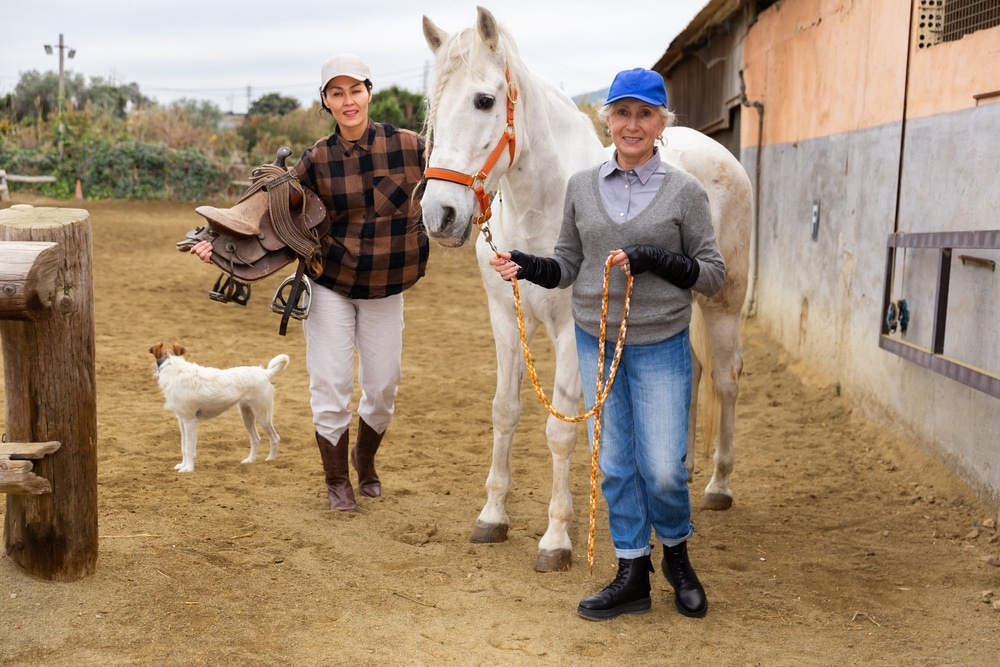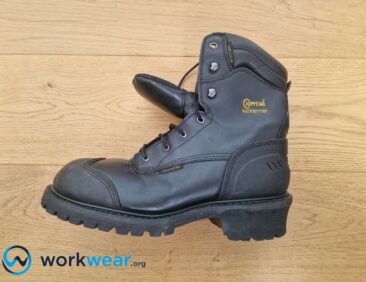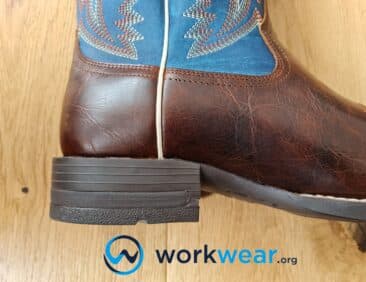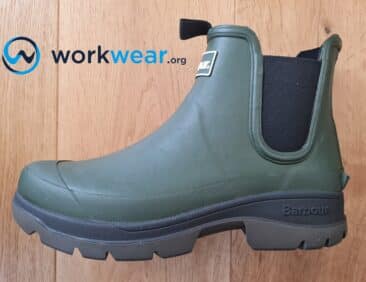What Jobs are Western Boots ideal for?
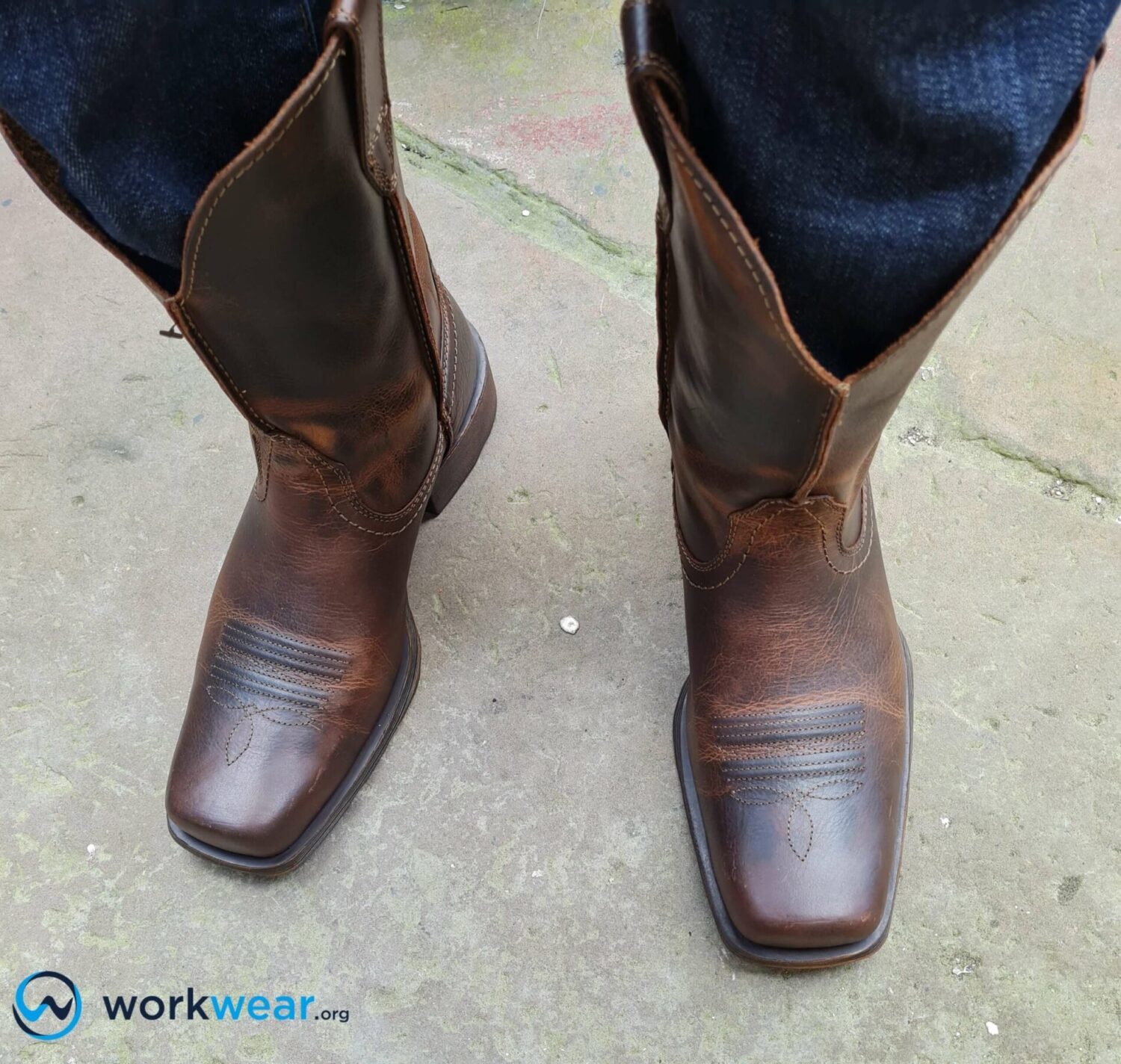
Western boots are chosen by many for their stylish profiles.
They can effortlessly jazz up an outfit and are ideal for those who want eye-catching footwear – but they can also deliver benefits in the workplace.
Western boots often have sturdy structures that can withstand challenging jobs. In addition, their extended heights are useful for blocking small animals and abrasion hazards that may be encountered while horseback riding or walking on secluded trails. Meanwhile, the angled heels are designed to hold the boots steady on the stirrups, keeping the feet in a steady position while riding. In this article, we’ll discover the jobs requiring Western boots that offer high-performance use.
Key Takeaways
Western boots have more than just striking good looks – they also offer superior function for certain jobs. These boots work well for professions that involve riding or caring for horses and perform just as well on challenging surfaces.
Eye-catching Western boots with tough, lace-free designs provide extended coverage for the legs and offer better stability and a welcome height boost. They also stay secured on stirrups, create a customized fit with genuine leather, and may have safety and comfort enhancements.
Wranglers and ranchers will benefit from Western boots that help secure their feet on the stirrups while riding on horseback and herding the livestock. Stable staff needs the grippy soles of Western boots to prevent slipping while cleaning the work area.
Western boots are needed by rodeo cowboys, horse trainers, and riding instructors who spend the better part of their workdays on horseback. These sturdy boots can withstand the strenuous activities of handling horses and their different moods.
Western work boots are suitable for mounted patrol officers and tour guides whose feet and legs can enjoy enhanced protection in harsh surroundings, thanks to the boots’ tall heights.
Benefits of Western Boots
Extended coverage for the legs
Western boots have shafts that are typically 10-14 inches in height. They cover the feet and most of the lower leg and block sharp branches, rocks, and other debris to protect the skin from scratching. These boots also form a barrier against bites from small critters that can be encountered in certain outdoor settings.
Western boots’ tall profiles also shield the skin against painful friction, which can result from unprotected skin constantly rubbing on the leather upper or inner lining.
Better stability when walking
Western work boots typically have lower and chunkier heels than traditional cowboy boots.
The heels stabilize walking, especially over uneven terrain or loose soil.
Most Western boots for work are fitted with grippy soles that strongly grip different surfaces, so it’s easier to maintain a steady gait even over slippery or unstable ground.
Height boosting
Western boots have heels that can add half an inch to almost 2 inches to one’s height.
This elevation makes the boots a favorite among those who need or want the height boost without being too obvious about it.
Boots stay on stirrups
Unlike flat-soled boots, Western boots have a firmer grip on stirrups.
These boots’ heels have a right angle that prevents the boots from sliding when in the stirrup, so the feet stay in place while riding.
Leather offers a customized fit
Western boots are typically made with genuine leather that molds to the feet’s shape over time.
As the leather softens with regular use, the boots take on a more comfortable fit and feel almost customized.
Tough construction
Western work boots are built to be as tough as the surroundings in which they are used.
They often have high-quality materials, strong stitching, and sturdy soles that all work together to deliver reliable durability. Even when used for strenuous activities, they’re not prone to easy deterioration and can last long.
Striking appearance
Western boots have a distinctive appearance that instantly elevates any outfit’s stylishness.
The tall shafts that often have intricate stitching stand out against any attire, making these boots suitable for those who want to add an eye-catching element to their look.
Lace-free use
Western work boots don’t have laces, so they’re much quicker to put on and take off.
They often come with pull tabs or loops that aid in easy boot-wearing. The lace-free design is an advantage from a safety perspective as well. Western boots don’t have laces that can catch on to something and become tripping hazards, especially in challenging environments.
Comfort and safety enhancements
Western work boots can have enhanced features that offer improved comfort and protection.
Some Western boots for work may be fitted with safety toes, extra cushioning for shock absorption, and high-traction outsoles for better performance while on the job.
Jobs that Require Western Boots
Wranglers
Wranglers are responsible for caring for horses as well as their surroundings. Aside from feeding and cleaning the animals, wranglers also have specified tasks that need to be done on horseback.
Western work boots have a good grip on the ground, helping wranglers maintain their steady footing while working on muddy or wet ground.
These boots’ heels are designed to stay on the stirrups, so the feet won’t easily slide off with every movement on horseback. In addition, the extended height of these boots helps guard the calves and lower legs against painful friction, especially with all-day boot use.
Mounted Tour Guides
Mounted tour guides spend their workday either riding horses or walking on variable ground conditions. In addition, they take clients on outdoor tours and may be tasked with maintaining trails, so they must wear the right footwear.
Western boots are designed to bite firmly into rocky or uneven trails, keeping the feet stable while navigating challenging surfaces.
These boots’ tall shafts offer superior coverage to protect the lower legs from sharp objects in the surrounding area. The extended height can also protect the legs from critters encountered while walking on trails.
Riding Instructors
Riding instructors teach the basics of riding a horse to beginners or those who want to improve their skills. While they spend a lot of time on horseback, the instructors may also need to deal with other duties, including grooming or feeding the horses.
These professionals need the help of Western boots for better stability while walking on rocky terrain or slippery ground around the stables.
The boots’ heels offer a height boost and aid in securing feet on the stirrups while riding.
Horse Trainers
Horse trainers spend their days tending to and teaching horses as part of the animals’ preparation for contests, shows, or races.
Western boots with strong construction can withstand strenuous physical activities – including exercising the horse – without easily breaking apart.
These boots have heels that dig into loose soil or muddy ground that may need to be navigated while training or caring for the horses. While teaching the horses the proper techniques and behavior, trainers spend a lot of time on horseback. These professionals can enjoy more secure riding experiences with the help of Western boots that don’t easily slip off the stirrups.
Ranchers
Ranchers work on raising livestock, such as sheep and cattle, on huge areas of land.
They have a wide variety of daily duties, which may involve walking on loose ground or muddy surfaces. Navigating difficult terrains becomes easier with Western boots with heels that keep the feet stable by biting firmly into the ground. The heels also secure the feet on the stirrups for a more secure riding experience.
The tall height of these boots protect ranchers’ feet and lower legs against sharp or abrasive objects in the environment.
These boots are tough enough to resist damage even with heavy use in challenging outdoor settings.
Mounted Patrol Officers
Not all patrol officers do their jobs using motor vehicles; some do so on horseback. These officers may be assigned high-traffic locations where their elevated positions offer enhanced visibility of large crowds. Western boots with heeled designs help officers’ feet slide in easily into stirrups for quick mounting and dismounting.
The boots’ tall profiles protect the lower legs of mounted patrol officers in non-urban settings, such as those assigned to national parks.
The tall shafts shield against animal and insect bites, as well as scratches from plants and other abrasive hazards that are present outdoors.
Rodeo Cowboys
Rodeo cowboys showcase their athletic prowess on horseback, so they need the proper gear to maintain their superior performance.
While doing the traditional skillset, which includes lassoing and just before jumping, Western boots work hard to help maintain the riders’ stability for improved safety.
The embellishments on these boots significantly boost the visual appeal of the cowboys’ outfits for even better showmanship. Meanwhile, the tall shaft of the boots protects these performers’ legs from painful friction, especially with all-day training and competitions.
Stable Staff
Stable staff members clean the stables and surrounding areas and may also need to work with horses. These workers may need to exercise a few horses daily, so they need boots to handle the challenging task.
Western boots are built to deliver a more stable riding experience, with heels that firmly hold onto the stirrups.
Stable staff can slip their feet into the stirrups without hassle, thanks to the pointed toes of Western boots. In addition, waterproof options help stable staff transition from horse riding to cleaning muck without worrying about ruining their boots.
Personal Testing Experience
We’re excited to share our experiences with two boots from Ariat – a brand producing top-notch Western boots since 1993. The Ariat Men’s Hybrid VentTEK Western Boot showcases classic Western-style stitching on premium full-grain leather. It’s built with VenTEK mesh sections that encourage plenty of air to flow in and circulate, helping the feet stay cool for much longer. The generously cushioned insole cradles with great softness, while the Duratread outsole offers exceptional grip. However, this boot isn’t ideal for harsh conditions because it doesn’t have safety toes and is not waterproof.
Meanwhile, the Ariat Women’s Heritage Round Toe Western Boot sports the traditional round-toe silhouette and a four-row stitch pattern for understated styling that seamlessly works with different outfits. The padded insole absorbs some painful impacts from stepping on hard ground, while the distressed heel, with its slanted profile, makes walking more comfortable. It’s worth noting that this boot can feel a bit too snug – especially on the toes – and is warmer than other Western boots for women.
Conclusion
Western boots are great choices for quick ways to inject more style into their outfits for work and leisure. Their looks may catch one’s attention first, but they can also perform well in work settings. Western boots work well for jobs that involve working on horseback and those that require caring for horses or duties in and around stables. The boots have distinct qualities that make horseback riding safer and withstand heavy use in challenging environments. Western boots are worth the investment because they deliver exceptional aesthetic and functional benefits.
FAQs
- Are Western boots comfortable out of the box?
- Typically, Western boots are only sometimes comfortable and must be broken in first. After the first few uses, the leather will soften and mold to the feet for a customized fit.
- Why are square-toed Western boots better for walking?
- Square-toed Western boots have more space in the toe box. This allows the toes to wiggle and prevents painful friction or cramps.
- Are short Western boots better than taller ones?
- It depends on how the boots will be used. For example, western boots with shorter shafts are generally easier to move in, while those with tall heights offer better protection against hazards in the surroundings.
- Do Western boots overheat?
- Western boots tend to overheat because of their tall height. However, some styles are enhanced with cooling features, including mesh panels for increased breathability and moisture-wicking linings.
678+
Products Reviewed
24+ Years
Combined Experience
500+ Hrs
Field Testing
